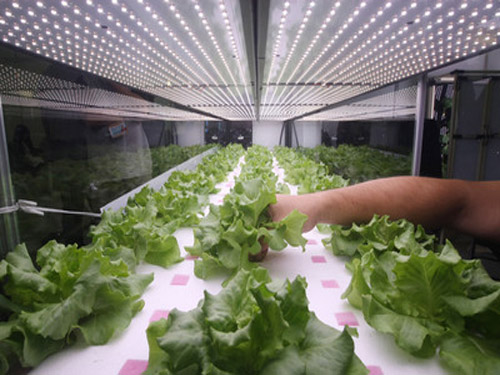
Privacy statement: Your privacy is very important to Us. Our company promises not to disclose your personal information to any external company with out your explicit permission.
 In recent years, the global sunshine time has continuously decreased, which is very unfavorable for agricultural development. With the continuous development of production technology and the growing demand for improved plant yields and shortened planting cycles, artificial light sources have begun to be used in plant cultivation.
In recent years, the global sunshine time has continuously decreased, which is very unfavorable for agricultural development. With the continuous development of production technology and the growing demand for improved plant yields and shortened planting cycles, artificial light sources have begun to be used in plant cultivation. November 21, 2022
September 29, 2022
August 10, 2024
April 30, 2024
September 29, 2024
November 18, 2023
Bu tedarikçi için e-posta
November 21, 2022
September 29, 2022
August 10, 2024
April 30, 2024
September 29, 2024
November 18, 2023

Privacy statement: Your privacy is very important to Us. Our company promises not to disclose your personal information to any external company with out your explicit permission.

Fill in more information so that we can get in touch with you faster
Privacy statement: Your privacy is very important to Us. Our company promises not to disclose your personal information to any external company with out your explicit permission.